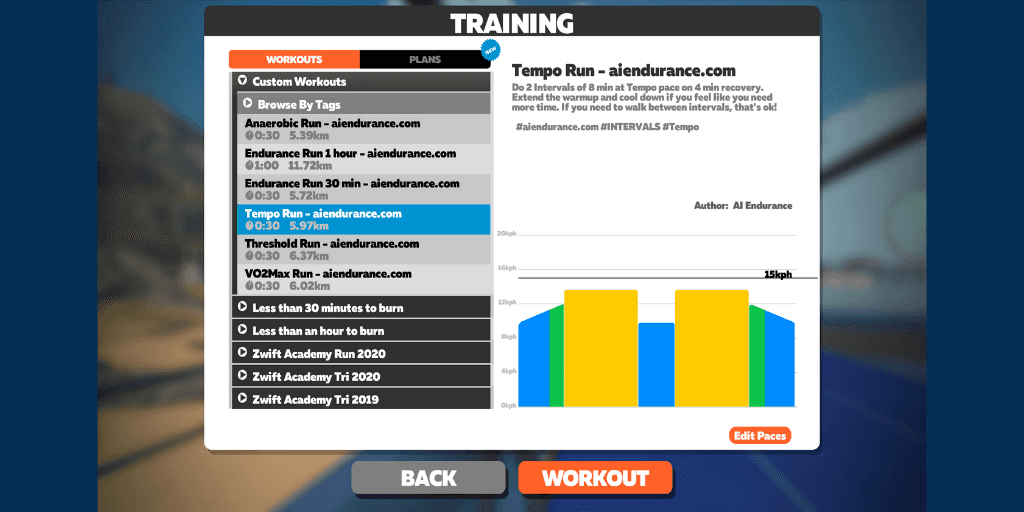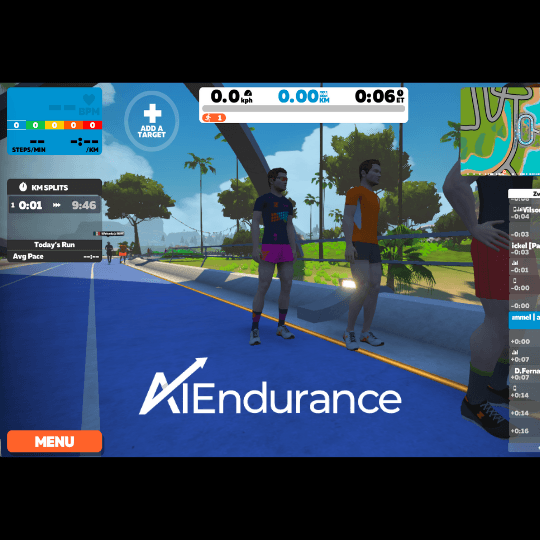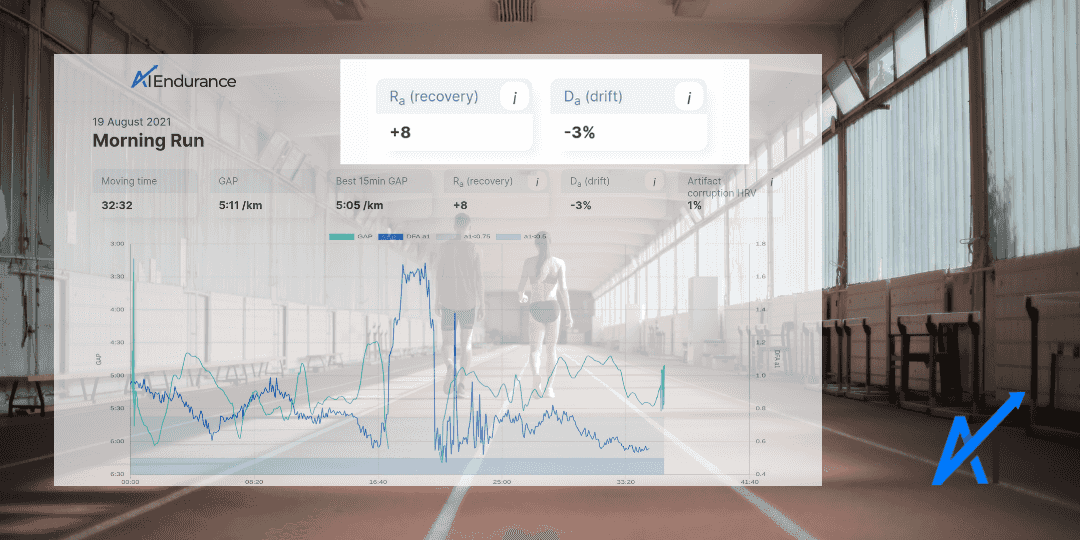
Use Zwift running workouts to increase your running pace with a data-driven, personalized and predictive Zwift running training plan from AI Endurance.
You can now execute your AI Endurance workouts as Zwift running workouts by following these simple steps:
In case you are updating your training plan make sure to delete all AI Endurance .zwo files from your old plan in the workout folder prior to uploading your new workouts. Don't delete the file workouts.files as it is Zwift's way of keeping track which workouts were deleted.
For more information, see how to use custom workouts in Zwift.

That's it, now you can execute your AI Endurance runs as a Zwift running training plan.
See also our Zwift custom cycling workouts.
You can also get a taste of some our workouts under
AI Endurance is based on the observation that an optimal training routine can be very different for each individual. That's why one-size-fits all training plans often don't yield the expected results.
With AI Endurance you get truly personalized, data-driven training based on your accumulated historic GPS and heart rate data. Our machine learning algorithm is like a 'digital twin' that represents how you respond to different training routines. This allows us to
For your optimized, personalized training plan we take into account
You can always make adjustments to your training plan when real life gets in the way.
Sign up today and get your own personalized training plan to reach your goal race pace!

Daily readiness to train is affected by many factors including sleep, illness and training load. Heart rate variability (HRV) readiness to train metrics typically rely on measurements taken immediately upon waking in the morning. We introduce an HRV readiness to train and a durability metric based on DFA alpha 1 (a1) measurements taken during exercise. These new metrics provide additional insights and do not require you to measure HRV upon waking.

Paris to Ancaster is the biggest gravel grinder bike race in Canada. It’s in 8 weeks and I need to get in shape. AI Endurance can predict race performance and create a training plan which is optimized to my training responses. It predicts that I can increase my FTP by 14% to 293 Watts on race day with just 3.5 hours of training a week.

When it comes to excelling in endurance sports such as triathlon, running or cycling proper nutrition plays a crucial role in maximizing your performance and achieving your goals. Whether you're swimming, cycling, or running, your body requires optimal fuel to meet the energy demands of these activities. In this blog post, we'll explore the importance of nutrition in triathlon, running, and cycling, followed by an introduction to the new feature of AI Endurance which provides recommendations for daily and activity specific nutrition requirements individualized for each athlete.

Apple Watch has been a popular choice in running and triathlon. You can now track and execute your AI Endurance custom running, cycling and swimming workouts on your Apple Watch.